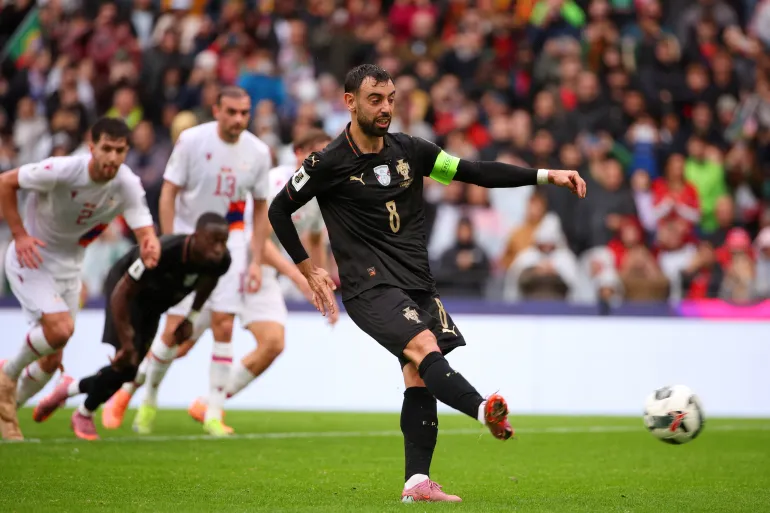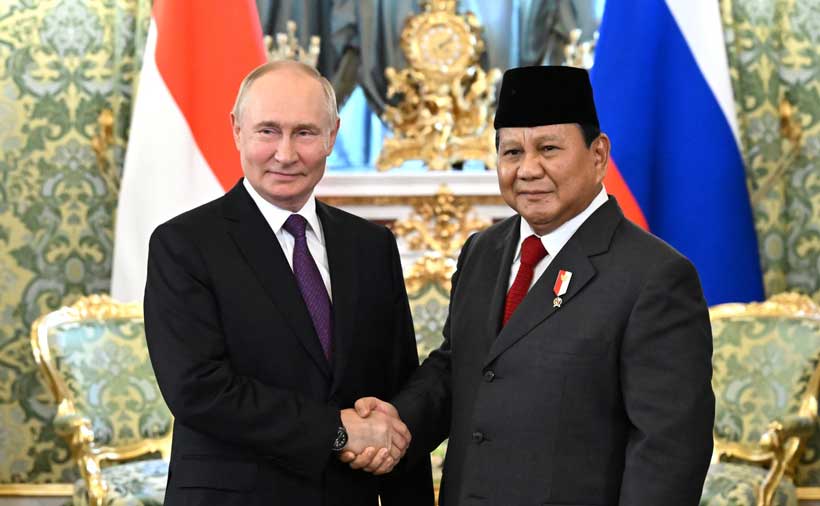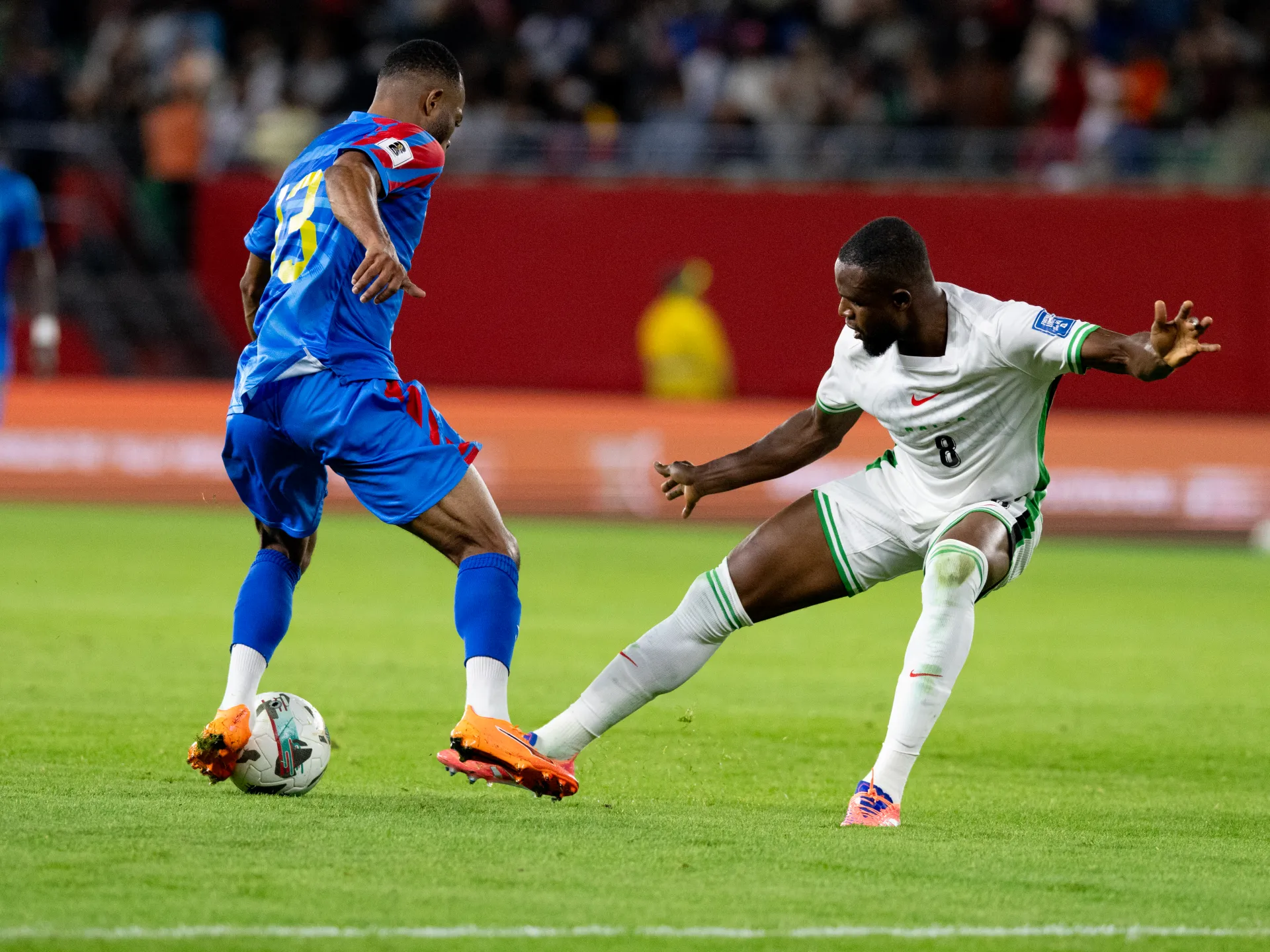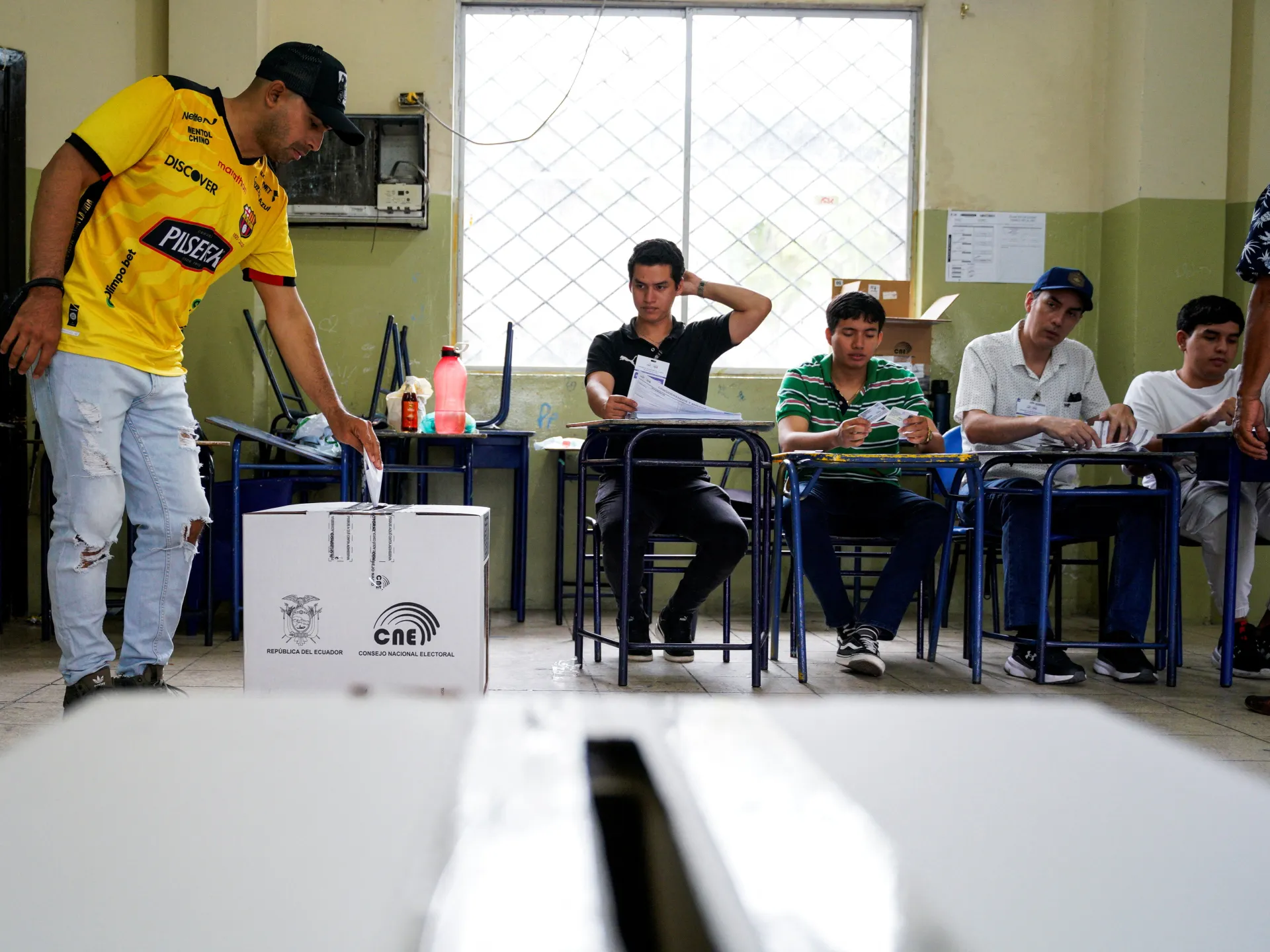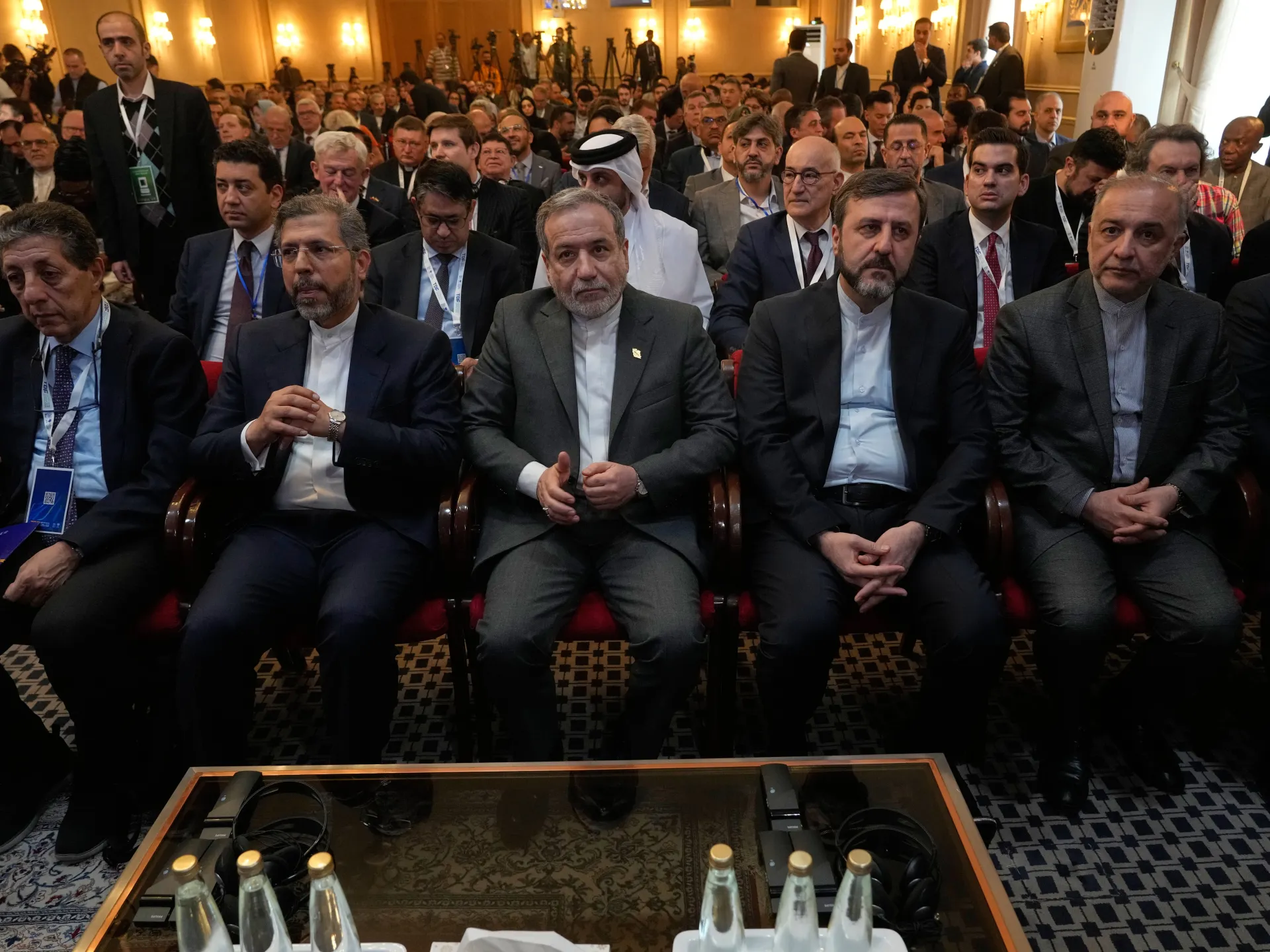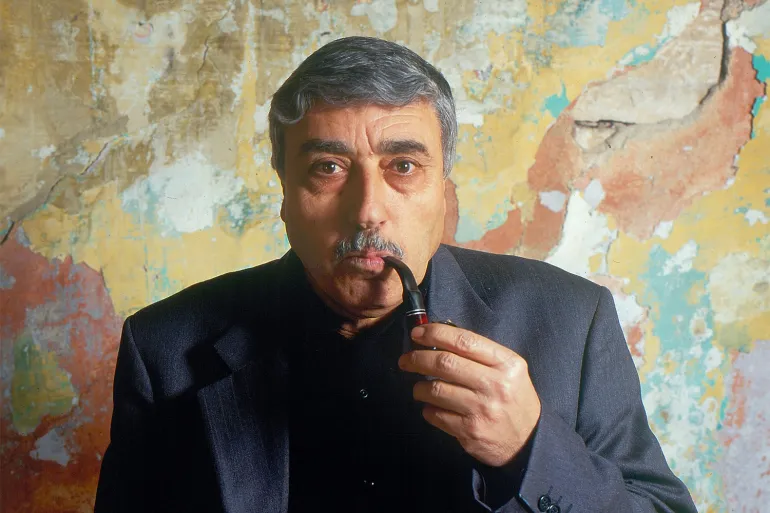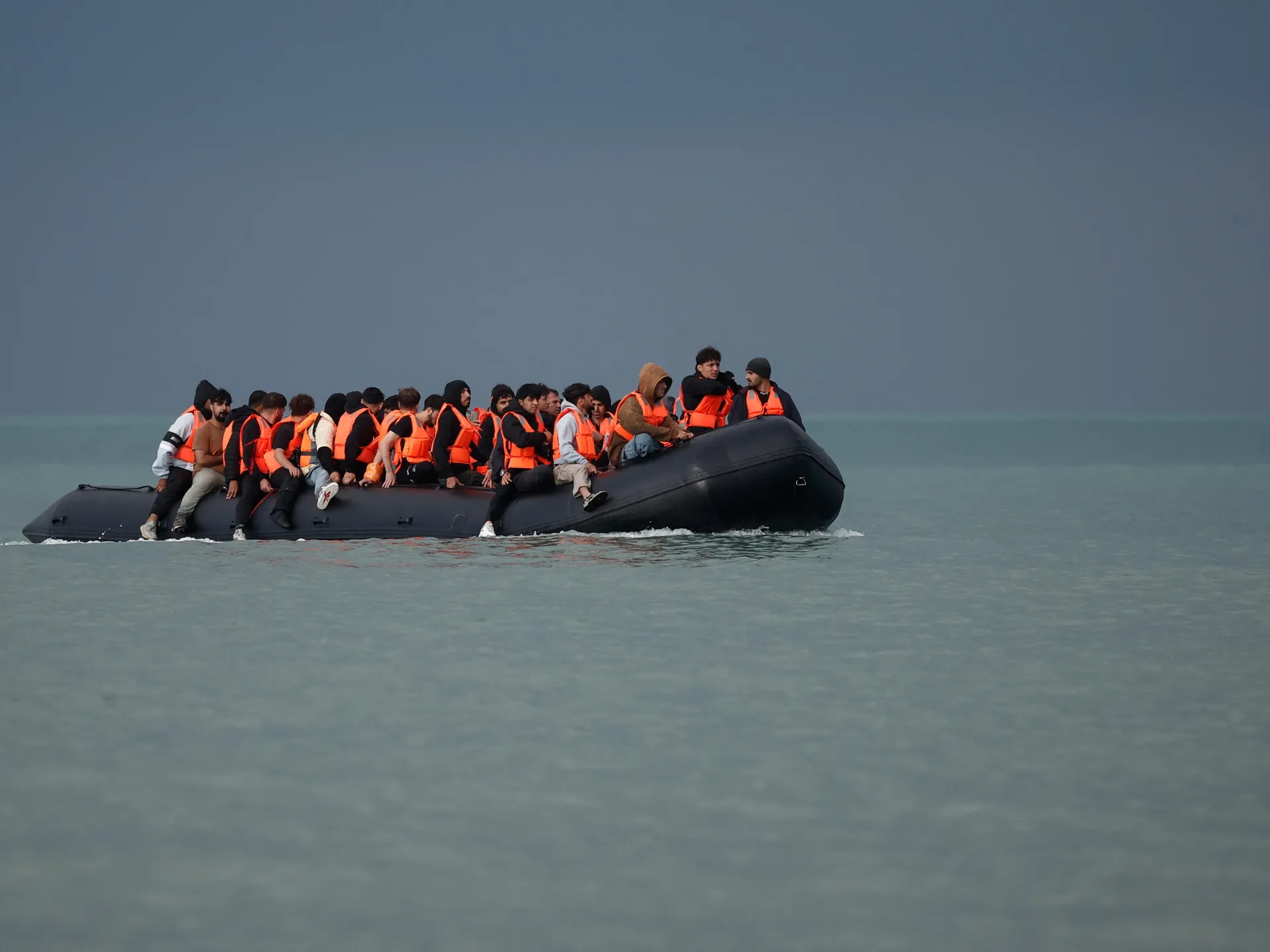Portugal, Norway book qualification spots at 2026 FIFA World Cup | Football News
Portugal recovered from a shock loss to Ireland on Thursday to qualify, while Norway is through for the first time since 1998.
Portugal booked their ticket to the 2026 World Cup with a 9-1 victory over Armenia on Sunday, while an Erling Haaland brace rubber-stamped Norway’s place in the global showpiece as they romped to a 4-1 win in Italy.
After being held by Hungary and then stunned by the Republic of Ireland last time out, Portugal sealed top spot in Group F at the third time of asking with a resounding win over bottom-side Armenia.
Recommended Stories
list of 4 itemsend of list
In the absence of the suspended Cristiano Ronaldo, star midfielders Bruno Fernandes and Joao Neves both scored hat-tricks as the Portuguese ran riot in Porto.
Renato Veiga, Goncalo Ramos and Francisco Conceicao were also on the scoresheet.
“The most important thing was qualifying for the World Cup,” Paris Saint-Germain linchpin Neves told RTP.
“For me, as I always say, the team always comes before the individual. I’m very happy to have scored my first goal for the national team, and my second and third as well.”
Portugal will compete in a seventh consecutive edition of the World Cup, a tournament which the Euro 2016 champions have yet to win.
“We’re at the World Cup! Let’s go, Portugal!” Ronaldo posted on social media.
The striker could miss the start of the tournament depending on whether FIFA extend his suspension beyond the mandatory one-match ban he served against Armenia.
Ireland sewed up the playoff place in the group thanks to Troy Parrott’s 96th-minute hat-trick goal, handing them a 3-2 win over third-placed Hungary.
Daniel Lukacs gave the hosts the lead in Hungary after four minutes, before Parrott levelled from 12 yards shortly afterwards.
Barnabas Varga’s 37th-minute goal looked to have been enough for Hungary to seal second spot until 23-year-old Parrott notched his fourth and fifth international goals this week.
Parrott was the hero with his brace in Thursday’s 2-0 defeat of Portugal, and he struck to equalise again for Ireland with 10 minutes remaining in the Hungarian capital.
The AZ Alkmaar forward then sparked wild Irish celebrations as he prodded home Liam Scales’s knockdown deep into injury time to send Heimir Hallgrimsson’s side into March’s playoffs.

‘Absolutely insane’
Italy needed a miracle in Milan to pip Norway to first place in Group I due to the visitors’ gargantuan goal difference advantage.
Pio Esposito scored early at the San Siro to give the home side the faintest of hopes, but they were unable to again break down stubborn Norwegian defending as Stale Solbakken’s side held firm.
Antonio Nusa levelled just after the hour before Haaland, inevitably, netted twice in 60 seconds to turn the tie on its head. Jorgen Strand Larsen then put gloss on the result in injury time as Norway romped to an eighth win from eight outings.
It will be Norway’s first appearance at the World Cup in 28 years.
“I’m happy, but more relieved. There’s a lot of pressure and stuff, and I feel it. But it’s fun,” Haaland, who netted 16 goals across the campaign, told TV 2.
“It’s indescribable. Absolutely insane. The way we did it is absolutely incredible. It’s huge,” Martin Odegaard said.
Israel beat Moldova 4-1 but finished six points adrift of second-placed Italy, who go into the playoffs.
France booked their place in next year’s tournament in North America with a win over Ukraine earlier in the week, and a much-changed side concluded their campaign with a 3-1 win in Azerbaijan.
Ukraine saw off Iceland 2-0 thanks to two strikes inside the final 10 minutes from Oleksandr Zubkov and Oleksii Hutsuliak to claim second place in Group D.
Thomas Tuchel’s England completed a perfect group-stage performance as they won 2-0 against Albania to finish their campaign with a 100 percent record, featuring 22 goals scored and zero conceded – a European record for a team playing at least six qualifying matches.
“I think it’s as good [a squad] as we’ve ever had,” Harry Kane, who scored both England goals, told ITV.
“I think when you look at the starting 11, you look at the players coming off the bench, we’re going to go into the tournament as one of the favourites.”
With Albania already assured of second place, Serbia beat Latvia 2-1 in a dead-rubber in Group K’s other match.

